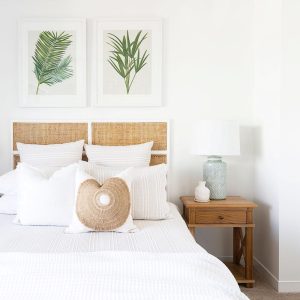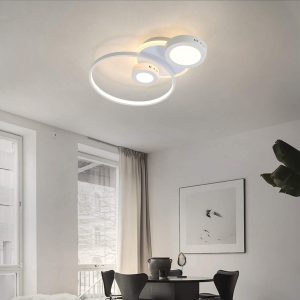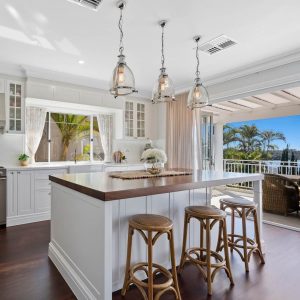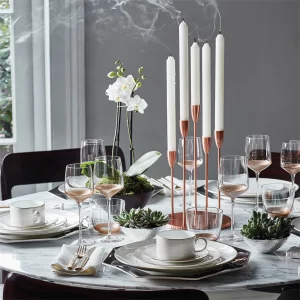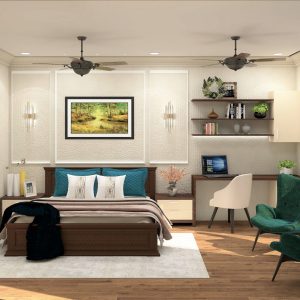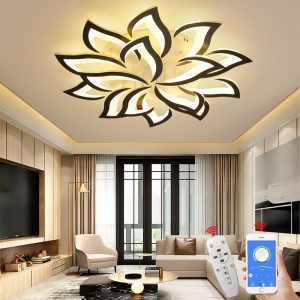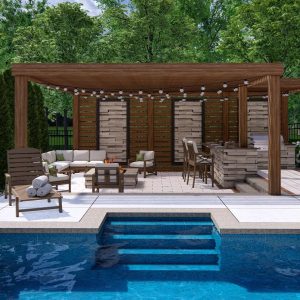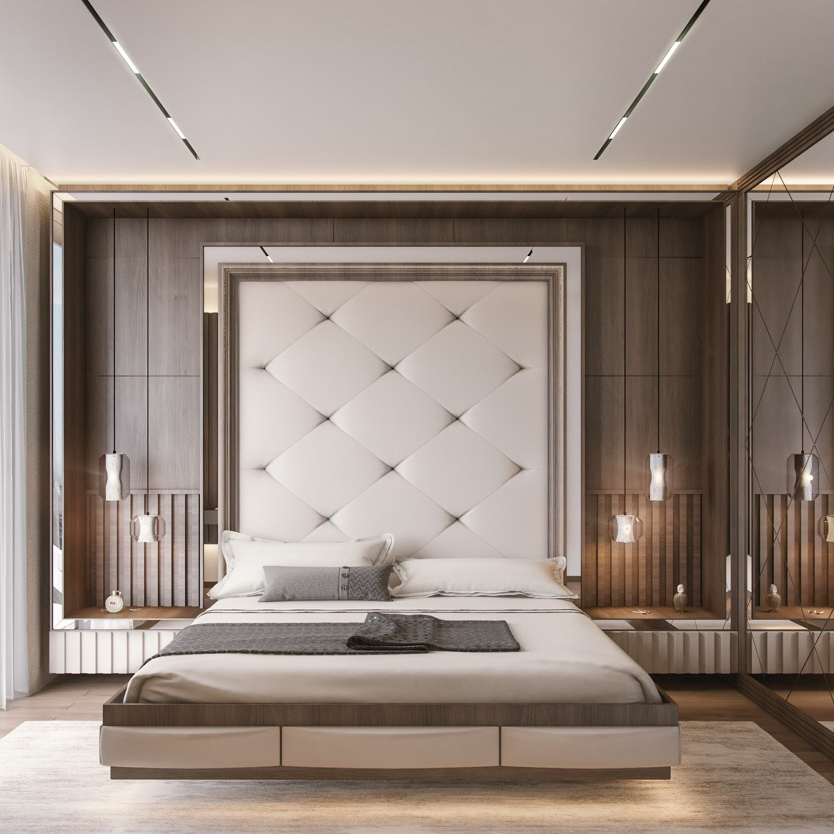
Introduction
Pendant lights are a popular choice for homeowners looking to add some style and ambiance to their space. However, with so many different designs and options available, it can be overwhelming to decide on the right pendant light for your home. In this article, we’ll go over some tips and tricks to help you design the perfect pendant light for your space.
Tip 1: Consider the Purpose of the Light
Before you start designing your pendant light, it’s important to consider the purpose of the light. Will it be used as a decorative accent, or will it be used for task lighting, such as over a kitchen island or dining table? The purpose of the light will help you determine the size, shape, and brightness of the pendant light.
Size and Shape
If you’re using the pendant light for task lighting, such as over a table or kitchen island, it’s important to choose a size and shape that will provide sufficient light for the space. A general rule of thumb is to choose a pendant light that is one-third to one-half the width of the surface it’s illuminating. For example, if you have a kitchen island that is six feet long, a pendant light that is two to three feet long would be appropriate.
If you’re using the pendant light as a decorative accent, the size and shape can be more flexible. You can choose a smaller pendant light for a subtle touch of style, or a larger pendant light to make a statement in the room.
Brightness
The brightness of the pendant light is also important to consider, especially if you’re using it for task lighting. Make sure to choose a bulb that provides sufficient light for the space, and consider adding a dimmer to the light fixture to control the brightness as needed.
Tip 2: Choose the Right Material
The material of the pendant light can impact the overall style and ambiance of the space. The most common materials for pendant lights are metal, glass, and fabric.
Metal pendant lights are a popular choice for modern and industrial spaces, while glass pendant lights can add a touch of elegance and sophistication to any room. Fabric pendant lights are a great option for adding texture and warmth to the space.
Color and Finish
The color and finish of the pendant light should also be considered when choosing the material. Metal pendant lights can come in a variety of finishes, such as black, chrome, brass, and bronze. Glass pendant lights can come in clear, frosted, or colored glass. Fabric pendant lights can come in a wide range of colors and patterns.
Make sure to choose a material, color, and finish that complements the overall style and color scheme of the room.
Tip 3: Consider the Height
The height of the pendant light is another important factor to consider when designing the perfect pendant light for your space. The height will determine how much light is dispersed in the space, as well as the visual impact of the light fixture.
Height for Task Lighting
If you’re using the pendant light for task lighting, such as over a table or kitchen island, the height of the pendant light should be around 30 inches above the surface it’s illuminating. This height will provide sufficient light for the task at hand.
Height for Decorative Lighting
If you’re using the pendant light as a decorative accent, the height of the pendant light can be more flexible. A general rule of thumb is to hang the pendant light at eye level, or around 60 inches from the floor. However, this height can be adjusted based on the height of the ceiling and the overall style of the room.

